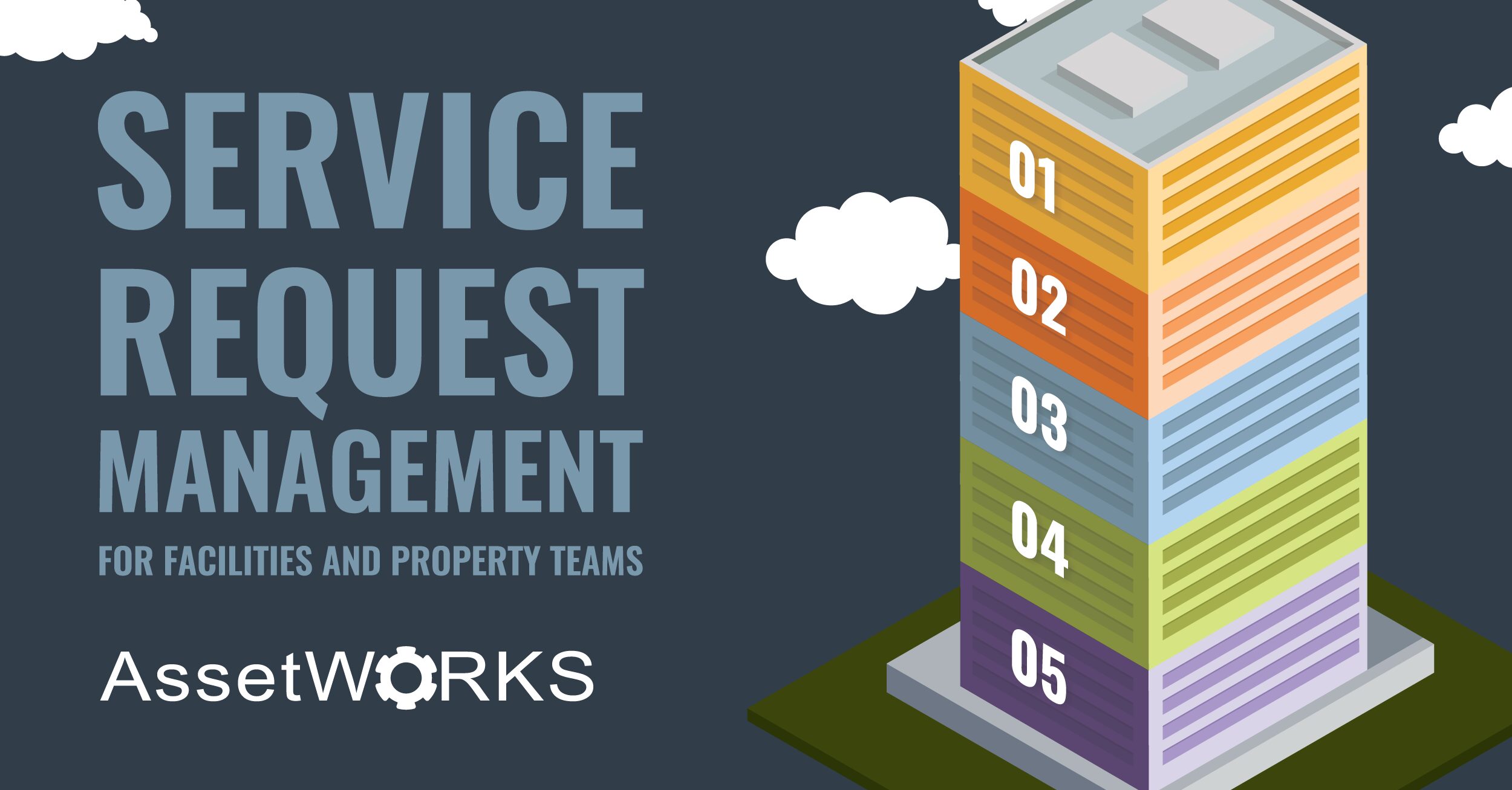When your organization gets to work implementing a new software with its provider, how is the plan laid out for you? Is it prepared in stages? An overarching goal? Are you in the loop at all? One of the things that AssetWorks always covers during a new software implementation is the stages of benefits that the new users can expect to see from our enterprise asset management (EAM) software.
Stage 1 – Go-Live: Most “out of the box” benefits are tactical
At Stage 1, or immediately after Go-Live, most of the benefits that you can expect would be “tactical” For example:
- All of your asset data is in one place
- Everyone has access to the same data
- And more
But one of the benefits that is of great value that gets overlooked is the ability to store documents in one system. Oftentimes, EAM users have versions of documents stored in so many different places: Excel sheets, paper copies in file cabinets, and so on.
The AssetWorks EAM system has a few key areas where documents can be stored so that everything is in the same place, it’s organized and everyone in the organization can access them (assuming the administrator has given them permissions to do so):
- Asset primary records
- Photos of the asset
- Purchase documentation
- Maintenance manuals
- Warranty information
- Parts information
- Work Orders
- Photos of the work being performed
- Photos of damage (in the case of vandalism or accident damage, etc.)
- Test results (Forms, photos, etc. of a test performed on a piece of equipment)
- Employees
- Certifications/test results
- Copies of employee employment records (HR)
A significant portion of EAM users deal with many different functional groups or departments, and information (especially documentation) is spread out over multiple people, servers and formats.
EAM allows them to start organizing some of these files so that the information and documents are readily available for reference or during maintenance and repair activities.
Stage 2 – Incremental Improvements: Learning curve efficiencies start in documentation
Stage 2 typically occurs shortly after Go-Live. Your staff are using the system to perform basic maintenance tasks (Repair Work Orders and Preventative Maintenance/Inspections). Most of the asset data you and information that you need is being stored in the system, and staff are beginning to see some efficiencies.
Stage 3 – Extend Capabilities: Roll out of additional functionality
Stage 3 typically occurs several months to a year after a customer Go-Live. At this point in the system implementation, your staff are using the system efficiently, and most (if not all) asset data is being stored in the system. Your staff using the system are comfortable with basic maintenance practices and are starting to explore some of the “advanced” features inside of the system. This could include:
- Performing maintenance on more complicated or “unique assets”
- Running complicated or “unique” PM and Inspection schedules
- Taking advantage or advanced shop scheduling capabilities
Stage 4 – Create New Capabilities: Using clean, integrated data to create new capabilities
Stage 4 can also take place several months or years after a Go-Live. At this point, your staff are using the system efficiently for basic and advanced asset maintenance activities. They are comfortable enough with the system that they are starting to think of additions to the software. These could include:
- Interfaces with other customer systems
- Accounting
- HR
- Fuel
- Additional assets being stored and managed in the system
- New functionality that could be suggested/implemented as part of a future software enhancement.
All of these stages of Project Go-Live and adoption are important and will bring their own benefits to an organization. However, Stage 1 should not be overlooked, as the immediate benefits of having a “centralized” system with all data and files associated with your assets in one place can be game-changing.












